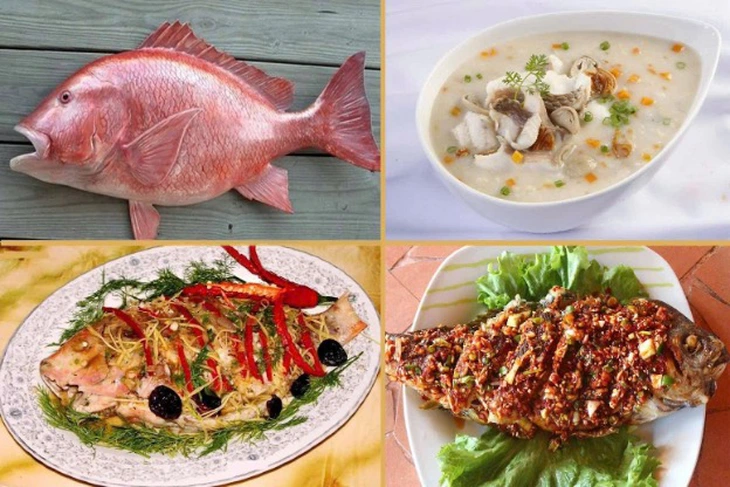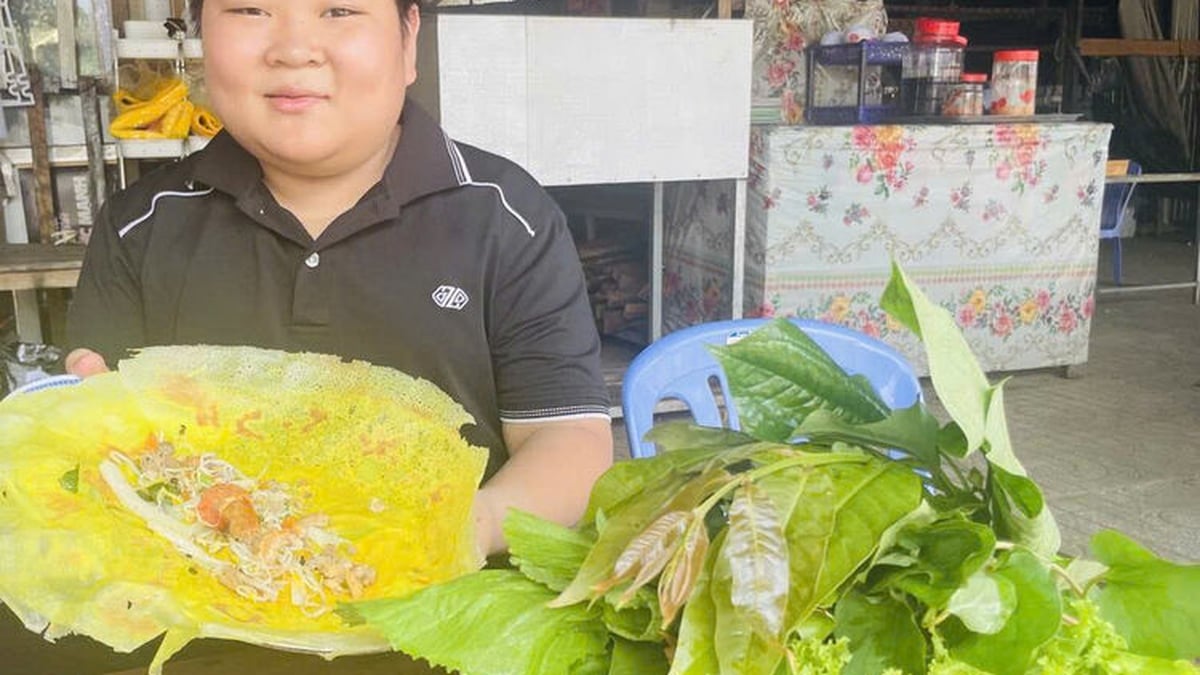
Wild red snapper can contain toxins that can cause poisoning if consumed in large quantities - Illustration: BVCC
Consecutive hospitalizations due to sea fish poisoning
Previously, on July 24, a group of 14 families traveled to Ky Anh beach, Ha Tinh and had dinner with seafood dishes such as eel, shrimp and oysters. Several hours after the meal until the next morning (July 25), many people in the group began to show worrying symptoms.
The most common and typical symptoms include numbness in the tongue and mouth, muscle aches, fatigue in the limbs and the whole body. Some people also have digestive disorders (loose stools), a burning sensation in the throat and chest tightness.
On the evening of July 25, four family members (including a 55-year-old woman, a 51-year-old man, a 24-year-old man, and a 13-year-old man) went to the Poison Control Center of Bach Mai Hospital for emergency care.
At the time of admission, all patients were conscious, had common symptoms of tongue numbness, body aches, and were diagnosed with ciguatera poisoning. Other vital signs were within stable limits.
According to Dr. Nguyen Huy Tien, Poison Control Center, Bach Mai Hospital, after one day of intensive treatment, the health of the four patients is stable.
Another family that was also hospitalized after eating seafood was VAT's family in Hai Phong .
Previously, four people (Mr. T. and his wife and two children aged 16 and 19) ordered processed red snapper to eat at home. About 1.5 to 4 hours after eating, all four people experienced symptoms of abdominal pain, nausea, diarrhea, cramps and muscle pain throughout the body.
Ms. H. (Mr. T.'s wife) and Q. (daughter) also have symptoms of sensory disturbances.
Upon arrival at the Bach Mai Hospital Poison Control Center, the four were found to have bradycardia. The Poison Control Center also diagnosed the patients with ciguatera poisoning.
Currently, all patients are improving well and will be discharged soon.
What types of sea fish are at risk of poisoning?
Ciguatera poisoning is a food safety hazard that people need to be aware of, especially in coastal areas, according to doctors. This is a poisoning condition caused by eating coral reef fish that have accumulated a powerful neurotoxin called ciguatoxin.
"The toxin comes from a tiny microalgae called Gambierdiscus toxicus. This algae is eaten by many small fish, which are in turn eaten by larger fish.
Finally, it is the food of fish living in coral reefs such as barracuda, grouper, snapper, sturgeon, anchovy, amberjack, eel, grouper, parrotfish, sea bass, shark, blue-striped cleaner fish...
There are hundreds of fish species that contain ciguatera toxins, but they are less common, including jellyfish. Due to the process of "big fish eating small fish" as above, the toxin accumulates more and more in large fish, leading to people eating enough to cause poisoning.
"Ciguatera poisoning is the most common type of fish poisoning, more common than pufferfish poisoning, but doctors pay less attention to it.
The most dangerous thing is that they are completely colorless, odorless, tasteless and are not destroyed by any processing methods such as cooking, freezing or pickling.
"A fish carrying toxins still looks completely normal," said Dr. Nguyen Trung Nguyen, director of the Poison Control Center.
According to Dr. Nguyen, symptoms often appear a few hours to a day after eating, including digestive disorders such as nausea, vomiting, abdominal cramps, and diarrhea.
Neurological symptoms such as numbness, tingling around the mouth, lips, tongue and then spreading to the limbs. The most typical symptom is hot-cold sensation disorder: touching water or cold objects causes a sharp, burning pain like an electric shock. More severe symptoms include slow heart rate, low blood pressure, which can be life-threatening.
Neurological symptoms can persist for months or even years, affecting quality of life.
Prevention is the most important measure. With fish at high risk of causing ciguatera poisoning (barracuda, red snapper, sturgeon, anchovy, amberjack, eel, grouper, parrotfish, sea bass, shark, blue-striped cleaner fish...), people should not eat much, and should not eat the fish's organs because that is where the toxins are concentrated.
"There is a rather interesting solution for people who want to eat more and more safely. They should choose to eat the above fish species but farmed fish. The food for farmed fish is provided by humans and does not contain natural toxins from toxic algae as above. We have to accept that the specialty is less delicious" - Dr. Nguyen shared.
If there are signs of suspected poisoning, go immediately to the nearest medical facility for emergency care and timely treatment.
Source: https://tuoitre.vn/ngo-doc-ca-bien-ca-gia-dinh-nhap-vien-sau-bua-an-hai-san-20250801170346752.htm

































































































Comment (0)